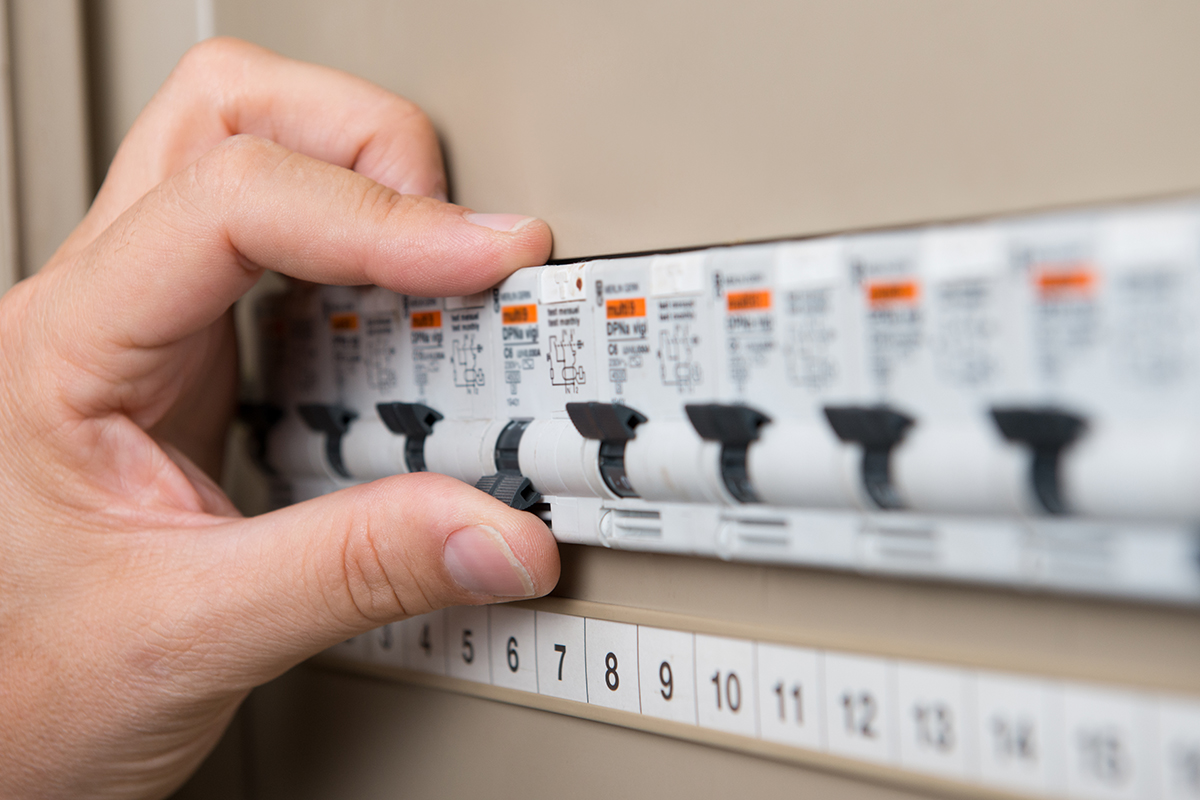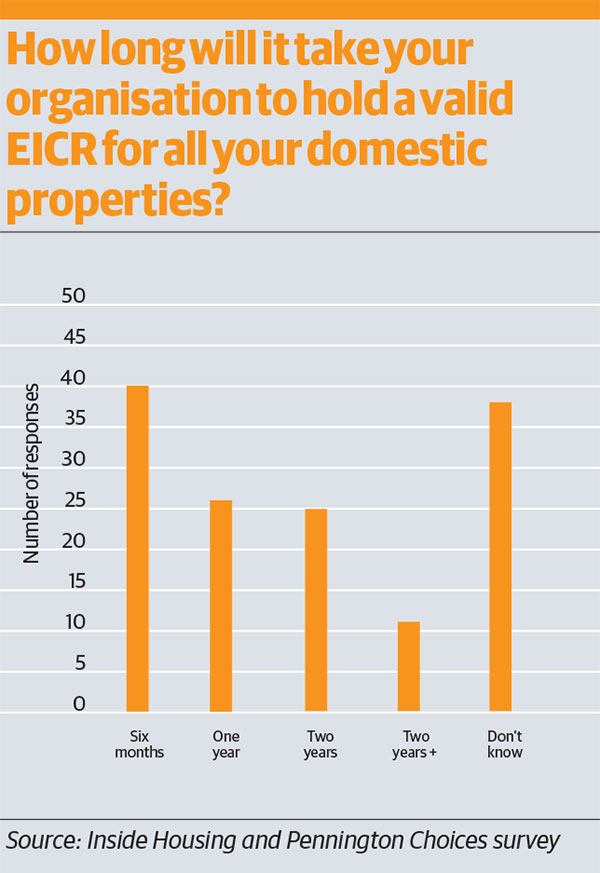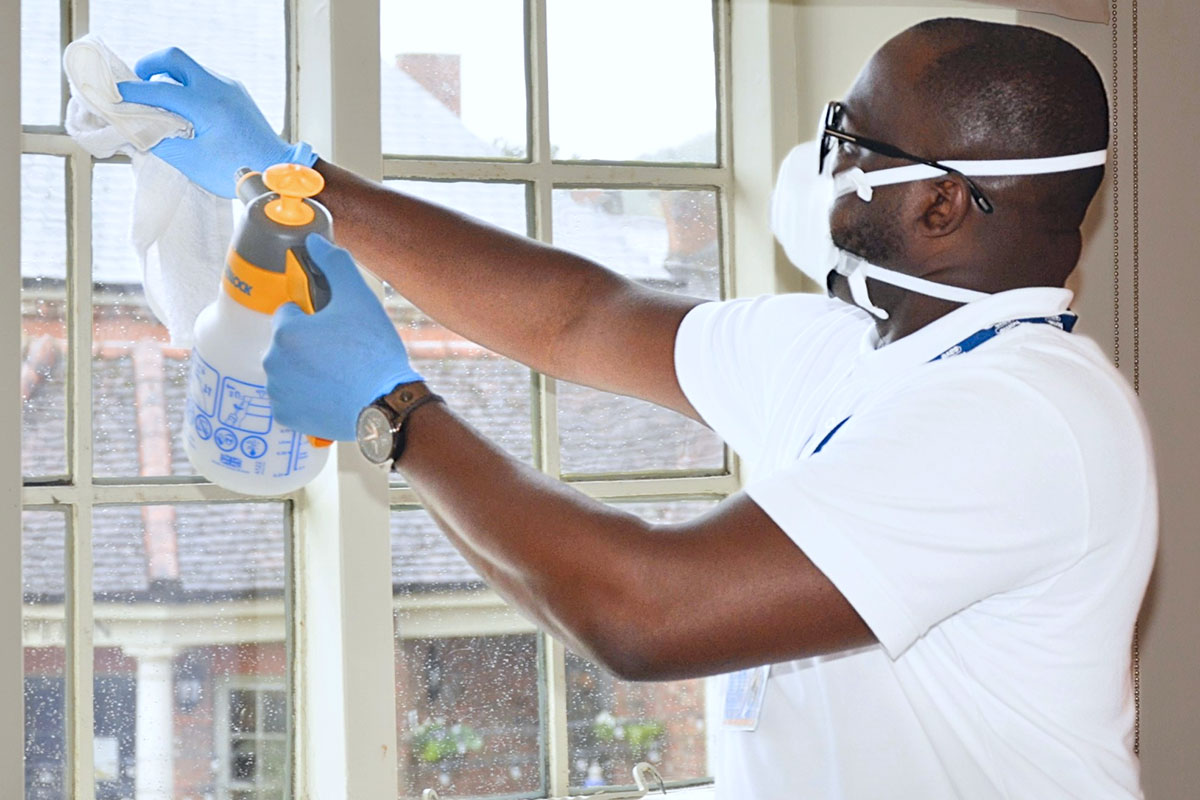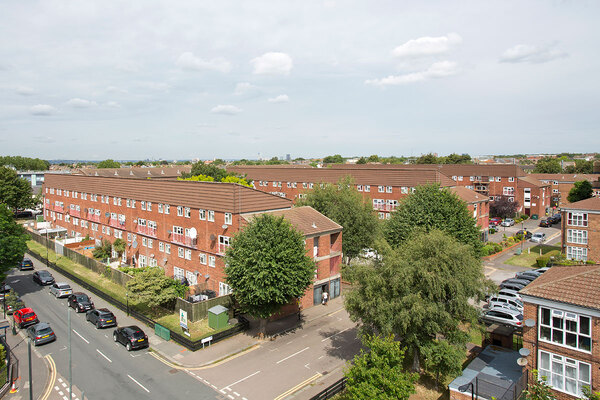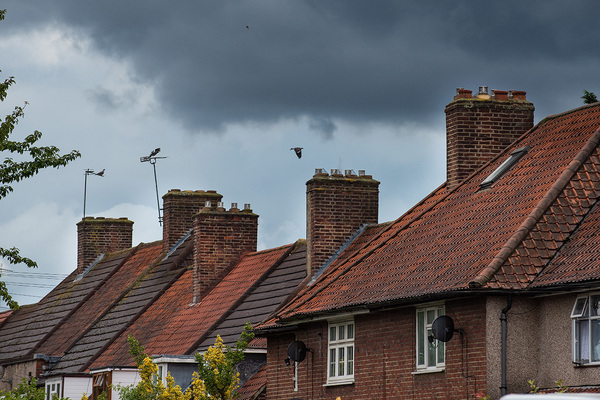Safety first
A survey on electrical safety in properties in the sector by Pennington Choices, in association with Inside Housing, has seen progress being made, but there is still more to do. Picture by Getty
In association with:

In many ways, the issue of electrical safety in social housing has never been higher on the agenda. A large part of the reason: its increasing prominence in judgements and notices issued by England’s Regulator of Social Housing.
One such report made crystal clear the body’s view of the importance of the issue – “imperative”, since there is the “potential for serious harm”.
It is a contention against which there can be little argument. The government shows that more than half of the accidental house fires each year in England are caused by electricity.
There’s also no doubt the sector is trying to make progress against the backdrop of this growing concern from the regulator. Most notably, January saw the launch of a new sector-developed code of practice for electrical safety.
A central recommendation of the code is that all properties should have an Electrical Installation Condition Report (EICR) carried out at least every five years.
Yet the results of a new Inside Housing survey cast doubt on whether the increasingly bright spotlight on electrical safety has yet translated into widespread practical action.
A total of 228 people responded to our survey, which was run in association with Pennington Choices. While respondents are drawn from across the sector, the majority – 70% – hail from housing associations.
And when asked what proportion of their organisations’ domestic properties have an EICR dated within the past five years, the results are distinctly mixed.
Cause for encouragement is that 14% of respondents report all of their organisation’s properties have been inspected for electrical safety within the recommended five-year period. It is also encouraging that 36% say the same for 91% to 99% of their properties.
The reality remains, however, that the same amount of respondents – 36% – say that fewer than nine in 10 of their properties have had such a check. Most worryingly, three respondents said that fewer than 10% of their organisations’ properties have a valid EICR.
“There is still a long way to go until we can meaningfully say that as a sector we are aligned to best practice guidance” Lee Woods, operations director, Pennington Choices
It is a series of results which Lee Woods, operations director at Pennington Choices, says he had anticipated. The firm offers a number of technical surveying services and compliance checks to the social housing sector, and Mr Woods says his experience is that electrical safety often emerges as an area for overdue attention.
“The sector is moving to the five-year process and has been for some time,” he reports. “But the survey verifies what we see in our work, which is that there is still a long way to go until we can meaningfully say that as a sector we are aligned to best practice guidance.”
How speedily it might be possible to move towards that consistent application of best practice is unclear, our survey suggests. While 29% of respondents say they anticipate it will take only six months to hold a valid EICR for all properties, a quarter expect it to take two years or more.
“In the current climate of regulatory downgrades in respect of electrical safety, I think the regulator would find that an unacceptable amount of time,” suggests Mr Woods. “And I think it demonstrates that it is not high enough on the agenda in terms of a strategic priority.”
Compliance neglected
What might change that, and place the issue higher on the to-do list? According to many of our respondents, the answer is new legislation.
As one assistant director at a housing association puts it: “Overall there needs to be an improvement – this area of safety and compliance has been neglected for years. The driver that would make the massive change is legislation; making it a legal requirement that, as a minimum, a landlord has a valid EICR for all properties in ownership.”
There is a particular keenness among our respondents for legal change to address what they say is a current barrier to consistent checks: residents refusing access to properties.
One housing association director says: “It would be useful if electrical safety regulations could be brought into line with gas safety regulations and allow registered social landlords to force access, if required, to carry out five-yearly checks and ensure 100% compliance.”
But Mr Woods suspects the likelihood of that change happening any time soon is limited. “The reality is that the government isn’t going to swing in and focus on electrical safety when they’ve got a few other things on their mind at the moment. This is so far down the pecking order from the legislative point of view that the housing sector needs to get a grip of this for themselves, and not wait for the government to legislate over it.”
For a start, Mr Woods believes it would be helpful for more organisations to use the terms of tenancy agreements – and legal recourse where appropriate – to force access for electrical checks as needed.
One officer who responded to the survey says that is happening at their housing association: “We are using legal remedies more and more to gain access to properties where we have access issues.”
Making regulator aware
Mr Woods also believes there is a need for more social landlords to disclose their electrical safety position to the regulator.
Strikingly, only 33% of our survey respondents say they have either already had this discussion or have plans to do so. Almost a quarter say they have not and do not plan to, and some 43% said they did not know whether the conversation had taken place.
“The sector needs to get a grip of this for themselves, and not wait for the government to legislate” Lee Woods, operations director, Pennington Choices
“I think there are lots of leaders and executives who fear the consequences of disclosure to the regulator,” he says. “There’s still fear in our sector of lifting your head above the parapet and having that conversation.
“But we encourage organisations to disclose, because it’s the right thing to do and it means they can focus on solving the problem.
“We encourage the sector not to get hung up on the legal argument – let’s focus on tenant safety. This is about you having assurance as a landlord that you’re doing the things that are morally right and correct to keep your tenants safe in their properties.”
